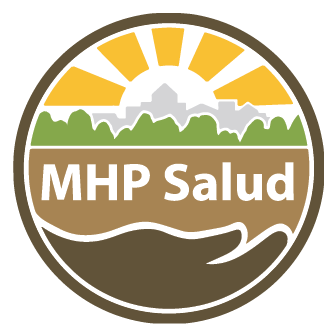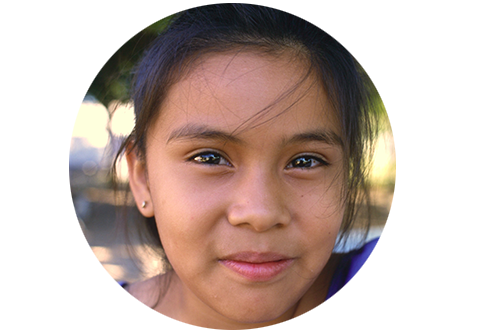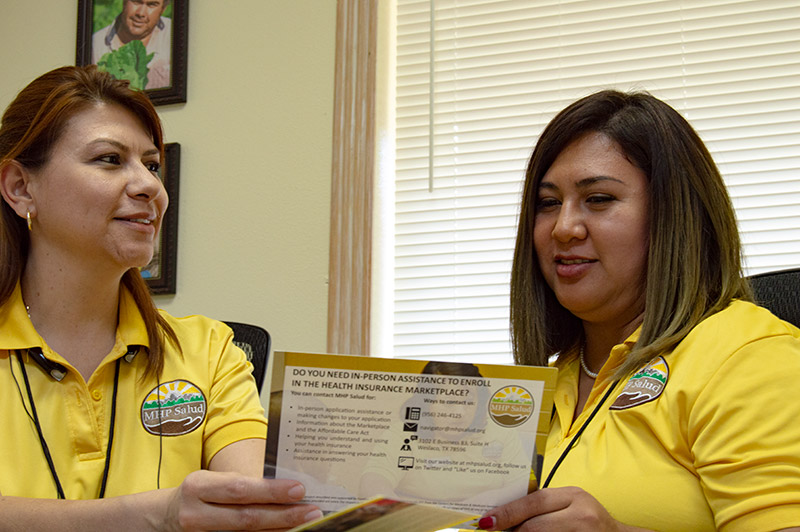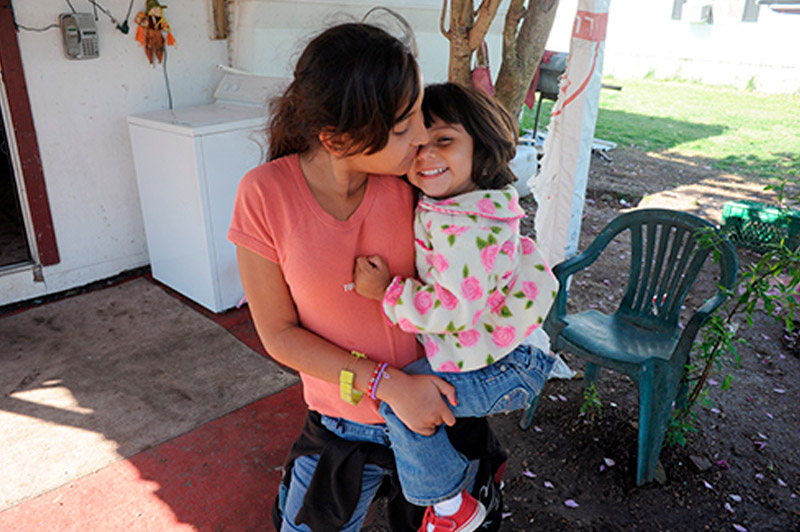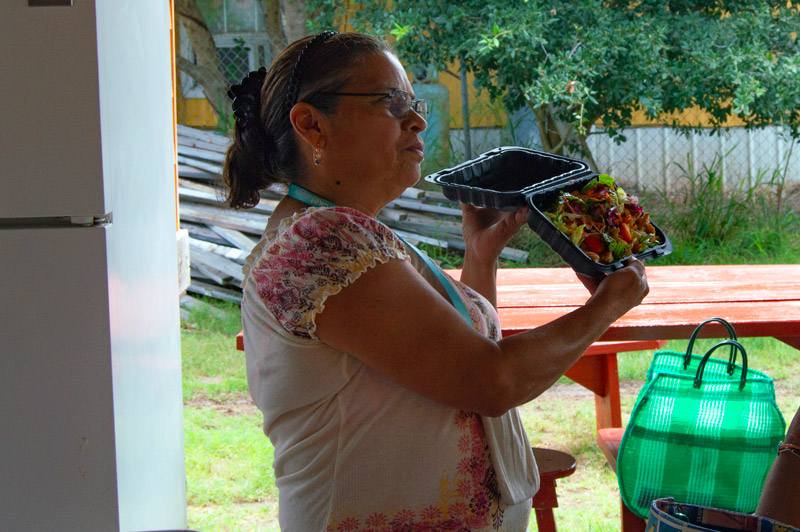La Esperanza Summer 2018 Edition
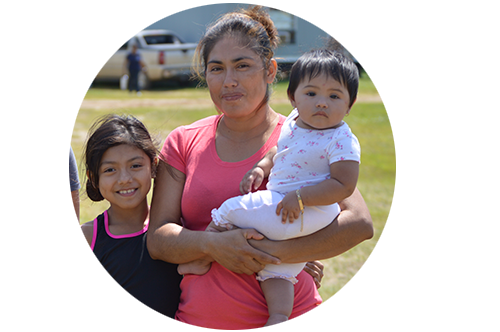
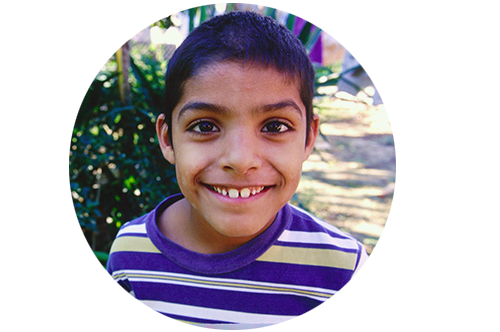
Introduction
An effective way to address childhood obesity is by engaging the entire family in learning about physical activity and nutrition. Because obesity is a health concern with complex causes, Promotores(as) can be extremely effective in assisting at-risk individuals—educating them about their behaviors and how simple changes can positively affect their health. This issue of La Esperanza will provide Promotores(as) with resources to educate their communities about obesity, and how physical activity and nutrition can be effective for prevention.
What is obesity?
According to the Centers for Disease Control and Prevention, about one in five children between the ages of 6 and 19 have obesity1 and more than one in three adults has obesity.2 Obesity is a condition when a person has an excess amount of fat. This excess is determined by calculating a person’s Body Max Index (BMI). To calculate BMI, a person’s weight in kilograms is divided by the square of height in meters. A person is considered obese if their BMI is greater than or equal to 303 for adults and at or above the 95th percentile for children and teens of the same age and sex.3
What causes obesity?
Like many health concerns, obesity is caused by a great number of factors, both internal and external to the individual. Some risk factors are beyond a person’s control such as family medical history and genes. But many other factors can be addressed and modified by the individual at risk. These factors include diet, level of physical activity, and medication use.
What are the consequences of obesity?
The consequences of obesity in children and adults are similar and can lead to more serious life-threatening diseases and health conditions including:
- High blood pressure and high cholesterol, which are risk factors for cardiovascular disease (CVD).
- Increased risk of impaired glucose tolerance, insulin resistance, and type 2 diabetes.
- Breathing problems, such as asthma and sleep apnea.
- Joint problems and musculoskeletal discomfort.
- Fatty liver disease, gallstones, and gastro-esophageal reflux (i.e., heartburn).
- Psychological problems such as anxiety and depression.
- Low self-esteem and lower self-reported quality of life.
- Social problems such as bullying and stigma.4
The Niños Saludables curriculum strives to address the major factors that lead to obesity. It’s intended for families with children because children learn from their parents. Consequently, it’s important for parents to model and reinforce healthy behaviors at home. This is accomplished through four weekly hour-long sessions where families are provided information along with an interactive activity to illustrate the information they learned during the session. The curriculum is divided into four sessions that explore the current state of obesity and physical activity in the US, recommendations for physical activity, developing strategies for a more active life and developing a realistic family calendar to sustain their progress.
Obesity in the US: How did we get here?
While obesity has always existed, we are now seeing much higher rates of obesity in the United States than ever before. A National Institute of Health report showed that from 1980 until 2000, obesity in adults ages 20-74 more than doubled. Children are no exception to this epidemic. The rates of obesity in children have more than doubled and quadrupled in adolescents in the same time frame.5 While discussing the change in prevalence of obesity, it’s important to examine societal changes that have played a role in this change:
INCREASED ACCESS TO FAST FOOD
Convenient foods such as fast food restaurants and TV dinners were introduced to the U.S. in the 1950s. These options are generally highly processed (meaning they have been altered in some way, e.g adding preservatives) and have fats and sugars added into them. The constant and easy access to these unhealthy foods has encouraged people to overeat and make poor eating choices.
INCREASED PORTION SIZE
Portion sizes are now two to five times larger than they were in the past. As a result, we’re now eating 31 percent more calories than we were forty years ago.6
TRANSPORTATION
Families are walking less and using cars and public transit to get around. Additionally, many cities and towns are not designed so that people can easily walk or ride a bike to get where they need to go (i.e., work, school, etc.).
TECHNOLOGY
Time that was once spent outdoors and playing is now spent seated in front of a screen. Young people spend an average of 7 ½ hours a day consuming media, including media on phones, computers, and television.7

Community Health Worker Testimonial
Working with Juntos Podemos has given me a deeper understanding of the barriers our community faces when trying to lead a healthier lifestyle. It is very rewarding to see the growth our participants go through and to see how well the community has been receiving this program. Being a Promotora with MHP Salud has been very rewarding, as it has given me the opportunity to empower families to improve and prioritize their health.
Jiovanna Torres
Community Health Worker
MHP Salud
Dinámica
Protecting Our Goals
This activity can be used by Promotores(as) at a group education session to help families understand goal set-ting and how setting strategies to help reach goals is effective and important.
Materials:
Ball (soccer or kickball size)
Directions:
1) Ask everyone to stand in a circle with their feet spread apart a little bit wider than their shoulders. They should place their feet so they are touching the feet of the person next to them.
2) Let them know that the space between their feet is their ‘goal’ and the aim of this game is for them to protect their goal. To start, each person can only use both hands and arms to protect their goal. If someone lets the ball through their goal, that person can then use only one hand and arm to protect their goal in the next round. If someone scores a goal on them again, they are out and the circle gets smaller.
3) Roll a ball into the middle to begin. Play until everyone is out or for 10 minutes, whatever comes first.
4) Explain that setting goals is very important, but sticking to them (or “protecting our goals”) can sometimes be difficult and its normal for each of us to stumble along the way as we work to reach our goals. In class today, we’ll discuss strategies for effectively setting and sticking to our goals.
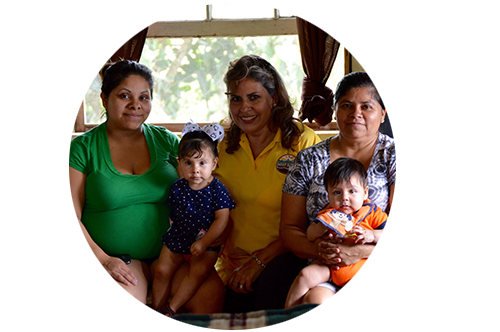
Resources
The following resources offer additional information on Promotor(a) programs that focus on child and family physical activity and nutrition.
This Program Implementation Guide is designed for Promotor(a) de Salud programs and includes everything needed to implement the four group education sessions from the Ninos Saludables program.
Juntos Podemos offers family-centered education to help participants make improvements in their eating habits and physical activity routines. The program offers services to families in the Lower Rio Grande Valley of Texas.
This USDA site offers a variety of free resources focused on healthy eating for both children and adults in English and Spanish.
SAVE THE DATES
28th Annual Midwest Stream Forum for Agricultural Worker Health
September 10—12, 2018
New Orleans, LA
31st Annual East Coast Migrant Stream Forum
October 4—6, 2018
Portland, ME
Is your organization interested in starting or strengthening a CHW program? Click here to see how we can help you.
Sources:
1. Centers for Disease Control and Prevention Childhood Obesity Facts.
2. Centers for Disease Prevention and Control (Aug 29 2017). Adult obesity facts. National Center for Chronic Disease Prevention and Health Promotion.
https://www.cdc.gov/obesity/data/adult.htm
3. Centers for Disease Control and Prevention Defining Childhood Obesity.
4. Centers for Disease Control and Prevention Causes of Obesity.
5. National Institutes of Health.
6. Let’s Move! Initiative.
7. Kaiser Family Foundation.
All content found in MHP Salud materials, including websites, printed materials, photos, graphics or electronic content, unless otherwise cited, credited or referenced, were created by MHP Salud and are the organization’s intellectual property. As such, they are not to be used without the permission of MHP Salud and, if permission is granted, is to be cited appropriately with name and/or logo as designated by the permission granted by MHP Salud in addition to any other condition listed in permission.
This project was supported by the Health Resources and Services Administration (HRSA) of the U.S. Department of Health and Human Services (HHS) under cooperative agreement number U30CS09744, Technical Assistance to Community and Migrant Health Centers and Homeless for $617,235.00 with 0% of the total NCA project financed with non-federal sources. This information or content and conclusions are those of the author and should not be construed as the official position or policy of, nor should any endorsements be inferred by HRSA, HHS or the U.S. Government.
